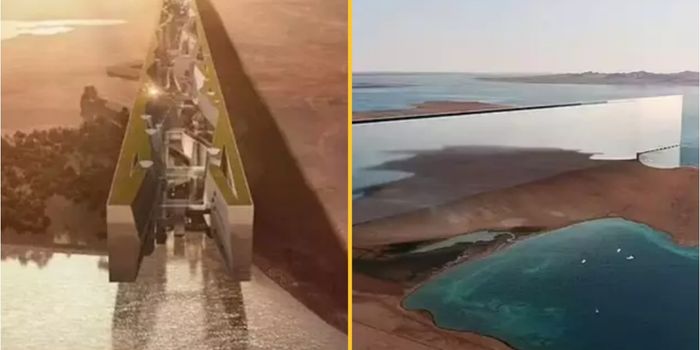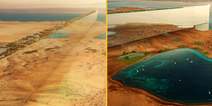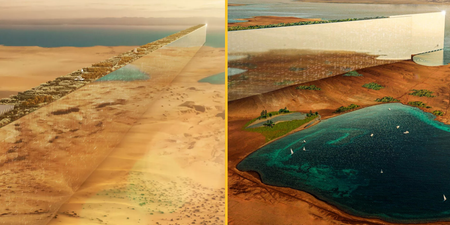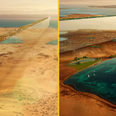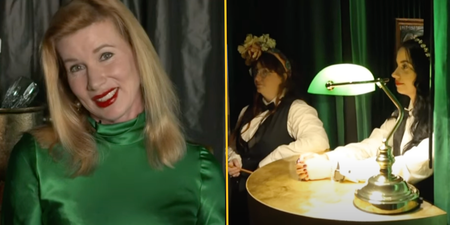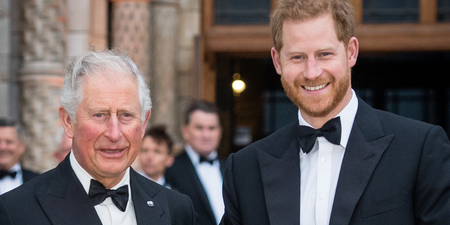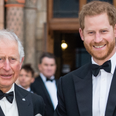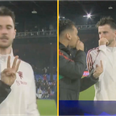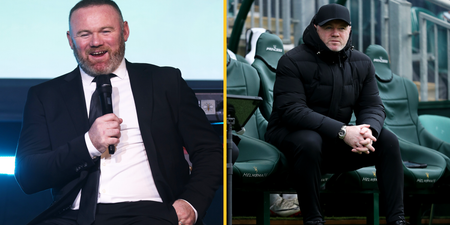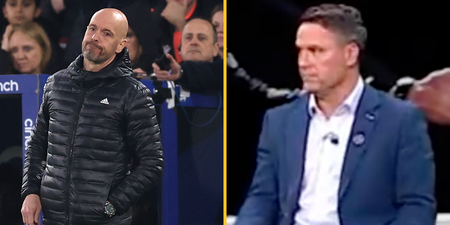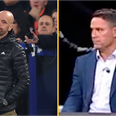‘The Line’ is set to cost $1 trillion
Last month, news emerged that construction was underway on Saudi Arabia’s futuristic megacity project, NEOM, which is set to consist of a pair skyscrapers stretching 75 miles across the desert.
The name “NEOM” is a portmanteau made up from the Ancient Greek prefix Neo, meaning “new”, and M, which is the first letter of the Arabic word for “future.” and also the first letter of Saudi Arabia’s Crown Prince Mohammed Bin Salman.
It was Salman who launched the project last year, which has also been branded ‘The Line’.
On paper, it looks like the stuff of science-fiction – two completely reflective skyscrapers stretching across dozens of miles of desert, to form a corridor 500 metres high and just 200 metres wide.
The idea is for the construction to be an almost completely sustainable urban utopia for nine million people.
Within the structure, there will be all the amenities and services that you’d expect to find in any major city, such as a rail service from one end of the line to the other.
The promotional video for the project claims that residents will have “access to all their daily needs within 5-minute walk neighbourhoods.”
According to the Saudis, artificial intelligence will be a huge part of living within ‘The Line’, which will be car-free, carbon neutral, and have its own temperate, regulated microclimate.
Construction on the project – which is predicted to cost $1 trillion – has got underway earlier this year in the Tabuk province of northwestern Saudi Arabia.
Despite estimates that it will not be complete for another 50 years, the Crown Prince wants it finished by 2030.
Speaking when NEOM was announced in July 2022, Prince Mohammed Bin Salman said the project would help address the environmental crisis facing the world.
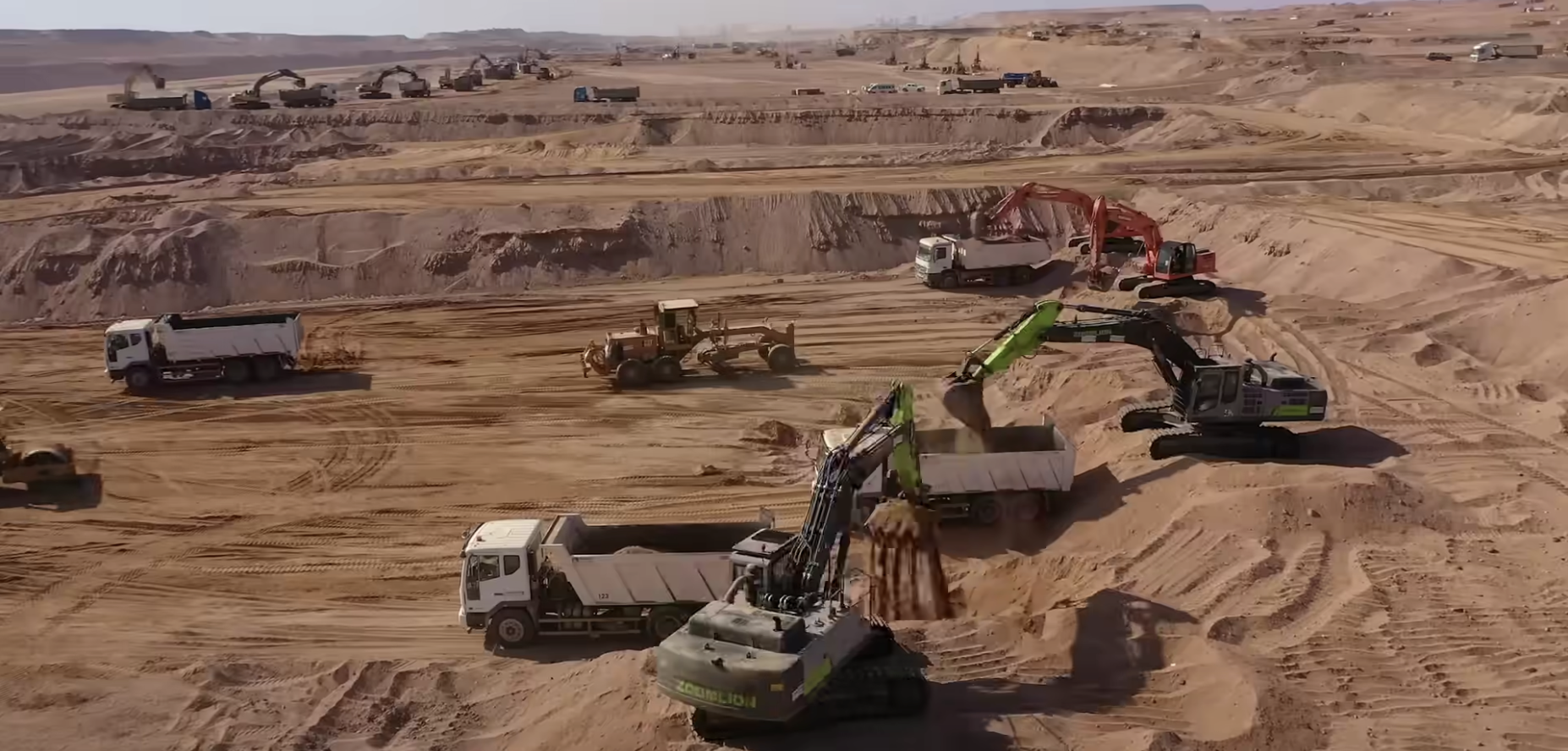
He explained: “We cannot ignore the livability and environmental crises facing our world’s cities, and NEOM is at the forefront of delivering new and imaginative solutions to address these issues.
“NEOM is leading a team of the brightest minds in architecture, engineering and construction to make the idea of building upwards a reality.
“The city’s vertically layered communities will challenge the traditional flat, horizontal cities. The designs of The Line embody how urban communities will be in the future in an environment free from roads, cars and emissions.”
Prince Mohammed also sees NEOM as being a key part of his plans to move Saudi Arabia away from its economic reliance on oil and conservative society, the Guardian reports.
However now, experts have outlined why The Line is a bad idea in an article shared on Nature.com.
Experts have argued that while facilities will be close by, they fear it will be nearly impossible for residents to access schools, work, and loved ones who they believe will be spread throughout the megacity.
If NEOM residents are evenly distributed, the paper claims that the average distance between two completely random people would be 35 miles due to the shape of the structure. If the same two people were based in Johannesburg, they would be 20 miles apart.
Experts believe this could have a huge negative impact on quality of life.
They explained: “Keeping the surface fixed, a line is the contiguous urban form that maximises the distance between its inhabitants. In The Line, people are as far away from others as possible.”
While the city is scheduled to have 80 proposed train stations, experts believe that commutes could still be 60 minutes.
Experts believe a much better idea would be to make the city into a circle meaning the megacity would have a radius of two miles and meaning that most people could reach 24 percent of the population within 1.2 miles.
This simple change would also mean that residents would be more mobile as they could cycle or walk the short distances.
Related links:
- Rio Ferdinand claims players are going to Saudi Arabia for the ‘adventure’
- Japan announces plans to build wooden skyscraper nearly as tall as the Empire State Building
- Saudi Arabia unveils new plans for futuristic ‘line’ city which will house nine million people
